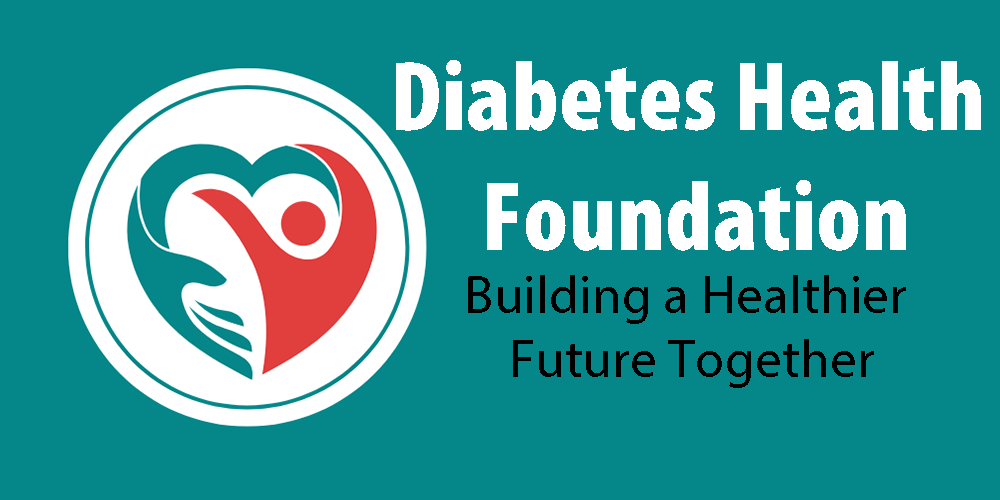Prediabetes

What is Prediabetes
In the past it is recognized as an elevation of blood sugar. Diabetes should be renamed to “Metabolic Impairment.” Many people around the world now have diabetes and prediabetes but do not know it. If one-third of Americans are known to have insulin resistance according to a new book by a leading endocrinologist (Dr. Isaac Jacobs MD), then imagine how many are NOT properly processing the 3 major food groups of fats, carbohydrates, and proteins.
Diabetes, the sugar problem, costs will soon be over $200 billion a year in the US. However if you add all the undiagnosed Diabetes and pre-diabetes and associated problems, the cost is dramatically higher. There are many different cancers linked to obesity and or diabetes in the medical literature, I believe we will find more about how important the metabolic state is, and the association with cancer are probably greater than what care provides know, due to many reasons that I site in some of my books on cancer and chronic diseases.
Doctors and nutritionists tend to classify patients as prediabetes with slightly elevated blood sugars. My definition is more inclusive to incorporate inability to properly process all carbohydrates and fats. The reason that I want to expand the diagnosis is to better find and stop problems with metabolism that lead to overt diabetes and related diseases caused by these metabolic problems.
Impaired fasting blood sugar or impaired fasting glucose (IFG) refers to a condition in which the fasting blood glucose is elevated above what is considered normal levels but is not high enough to be classified as diabetes mellitus. It is considered a pre-diabetic state, associated with insulin resistance and increased risk of cardiovascular pathology, and other diseases. Impaired fasting glucose tests have a lesser risk than impaired glucose tolerance (IGT).
IFG can progresses to type 2 diabetes mellitus. There is a 50% risk over 10 years of progressing to overt diabetes. Many newly identified IFG patient’s progress to diabetes in less than three years.
Metabolic dysfunction and raising blood glucose levels are in a continuum of a growing problem that I classify as Metabolic Impairment. Prediabetes is one form of Metabolic Impairment.
Impaired fasting glucose is a fasting glucose that is higher than the upper limit of normal, but not high enough to be classified as diabetes mellitus. Some patients with impaired fasting glucose can also be diagnosed with impaired glucose tolerance, but many have normal responses to a glucose tolerance test. That is another reason for using the term as Metabolic Impairment.
According to the CDC, without lifestyle changes to improve health, 15% to 30% of people with prediabetes will develop type 2 diabetes within five years.
A person with certain risk factors is more likely to develop prediabetes and type 2 diabetes. These risk factors include: age, especially after 45 years of age; being overweight or obese; a family history of diabetes; having an African American, Hispanic/Latino, American Indian, Asian American, or Pacific Islander racial or ethnic background; a history of diabetes while pregnant (gestational diabetes) or having given birth to a baby weighing nine pounds or more; and being physically active less than three times a week.
If you do have prediabetes, research shows that doing just two things can help you prevent or delay type 2 diabetes: Lose 5% to 7% of your body weight, which would be 10 to 14 pounds for a 200-pound person; and get at least 150 minutes each week of physical activity, such as brisk walking.

